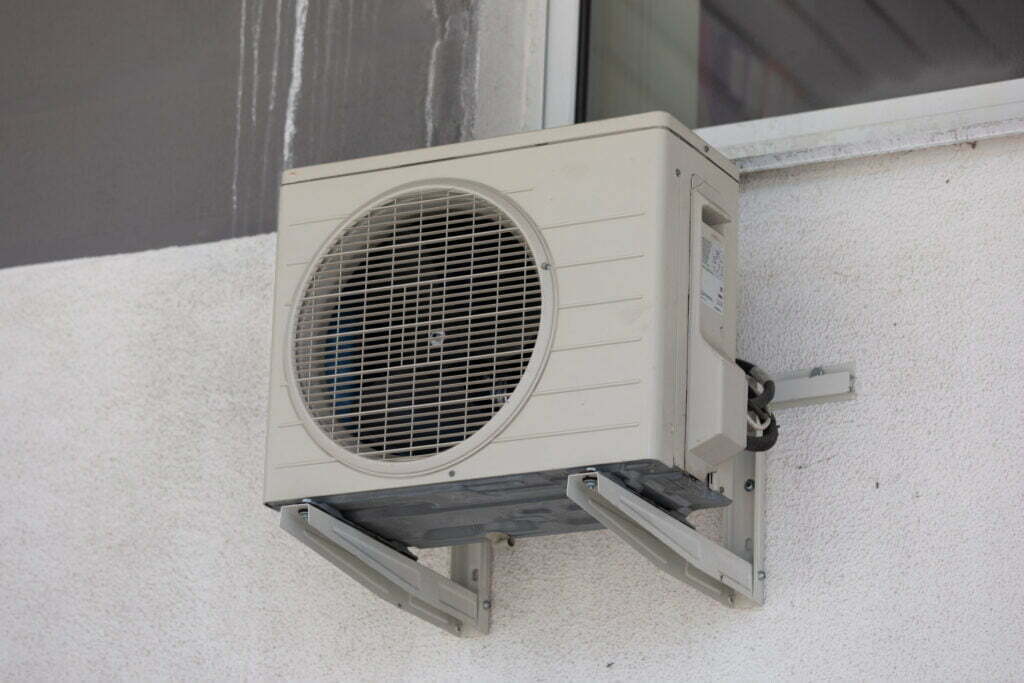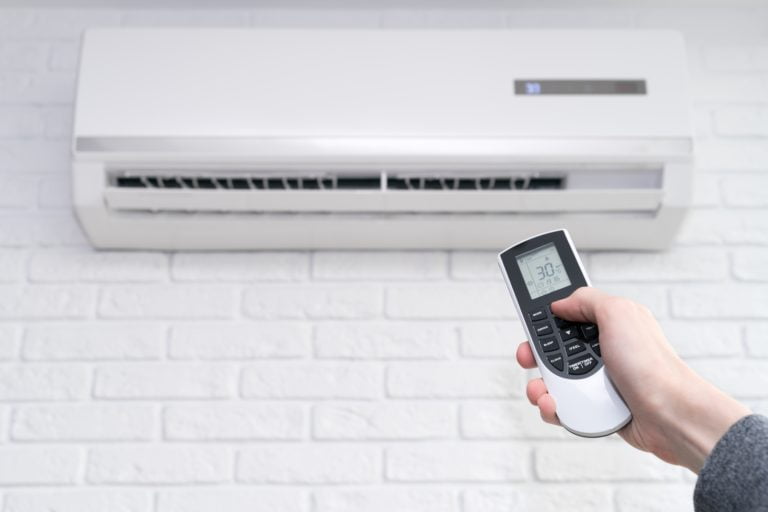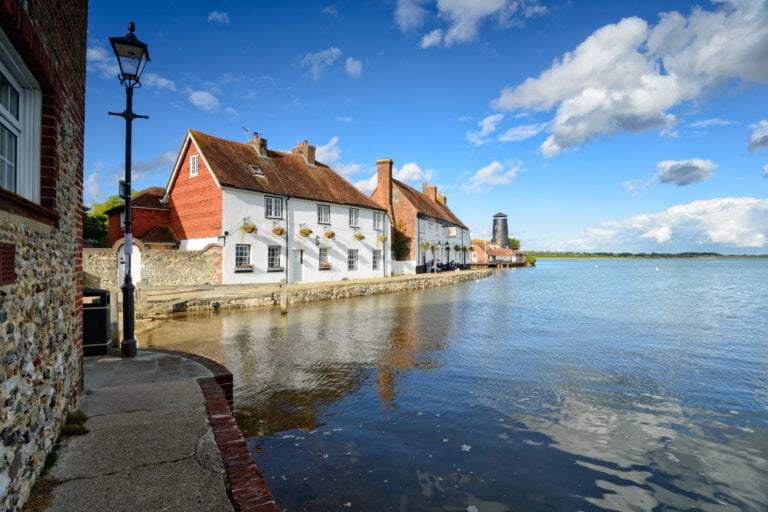When the summer months come around, so does the heat. Despite the rising temperature, you want to make sure that your home stays cool and comfortable. To do this, it’s essential for you to take good care of your air conditioner. Just like any other appliance, your air conditioner needs regular maintenance to ensure it continues to work properly, but even a well-taken care-of air conditioning system can experience issues from time to time. One common occurrence is finding that there is ice forming on your air conditioner’s coils. If you’re not sure what to do in this scenario, keep reading to find out what it means when there’s ice forming on your AC coils.
What does it mean if there is ice forming on AC coils?
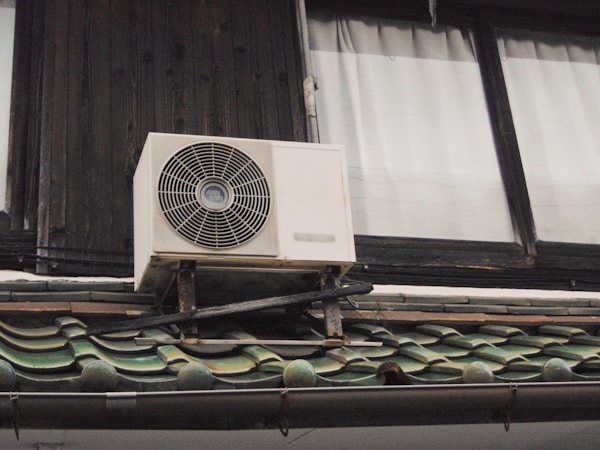
Inspecting your AC system for to see if there is ice forming on AC coils is a key step in ensuring that it is running at its peak performance. Ice buildup is a common problem that can occur in homes all over the world. The main cause of this issue comes from low levels of refrigerant or a malfunctioning compressor. When either of these problems is present, it’s possible for condensation to freeze onto the coils due to insufficient airflow across them. This ice buildup can lead to decreased efficiency and higher energy bills as your unit works overtime trying to cool down the space.
To prevent ice from forming on AC coils, homeowners should check their refrigerant levels regularly and inspect their HVAC system for any signs of damage or leaks. It’s also crucial to change out filters often as clogged filters will restrict airflow which could contribute to frozen coils as well. If you notice that there is already some build-up happening around your outdoor unit, it might be beneficial to call in an expert technician who can identify any underlying issues with the system before they become more serious problems down the line.
If your goal is to prevent avoidable issues and breakdowns, then you should always be proactive about HVAC maintenance. This includes having the unit itself inspected annually and replacing your air filters regularly. Experts recommend that you change your filter at least once every 90 days. The lifespan of the average HVAC system is between 10 and 15 years.
How else can you improve the performance of your HVAC system?
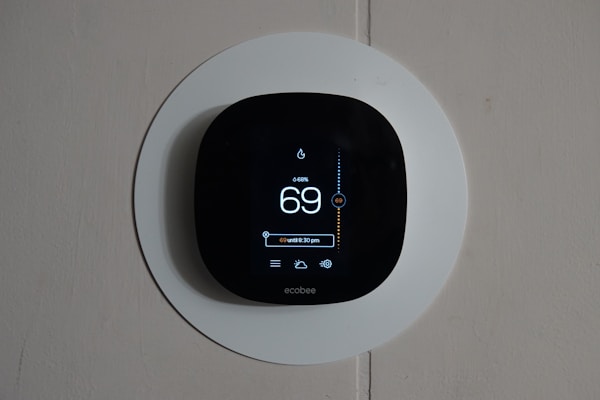
Now that you know how to deal with ice forming on your air conditioner’s coils, let’s talk about some other ways you can improve the performance of your HVAC system. For example, fans and ventilation can keep your home even cooler when the temperature gets hot outside. Ventilation is a process that allows air to move between two spaces, typically outside and inside. The main purpose of ventilation is to expel hot air and pollutants from the interior of the home. Poor ventilation can result in higher temperatures and an uncomfortable environment.
If you want more precise control over your indoor temperature, then you should think about upgrading to a smart thermostat. They can be programmed to automatically adjust the temperature based on your schedule and preferences, which can reduce your energy usage and save money. Additionally, a smart thermostat can provide you with valuable insights into your energy consumption. They can track how much energy you use, so you can optimize your usage to be as eco-friendly as possible and lower your carbon footprint.
In general, ice forming on your air conditioner’s coils is a sign that the system is not functioning properly and needs to be serviced. It can lead to decreased efficiency, reduced cooling, and higher energy costs. That’s why you need to stay vigilant and detect any signs of ice forming on the AC coils in order to prevent further damage and avoid costly repairs. You can make your HVAC system more effective and efficient, you should also ensure your home has good ventilation. You may also want to think about upgrading to a smart thermostat. Follow these tips and you’ll be comfortable at home all year round.

